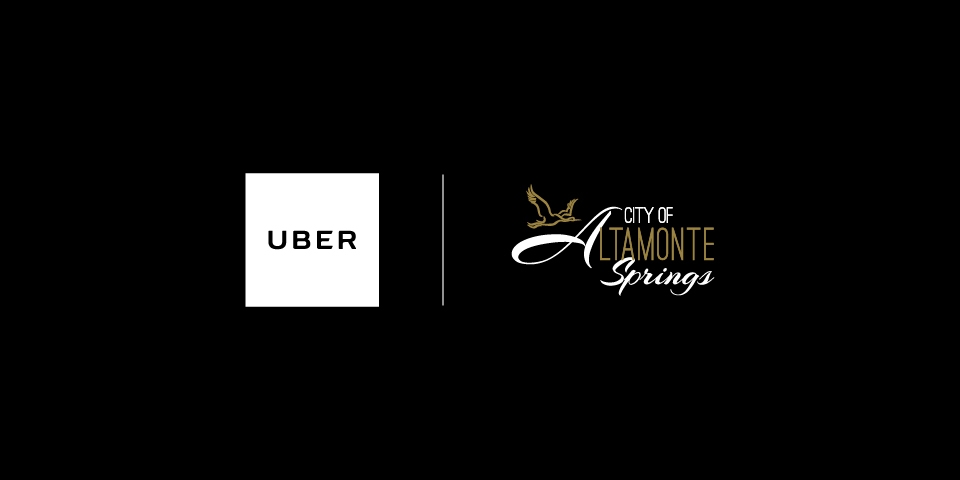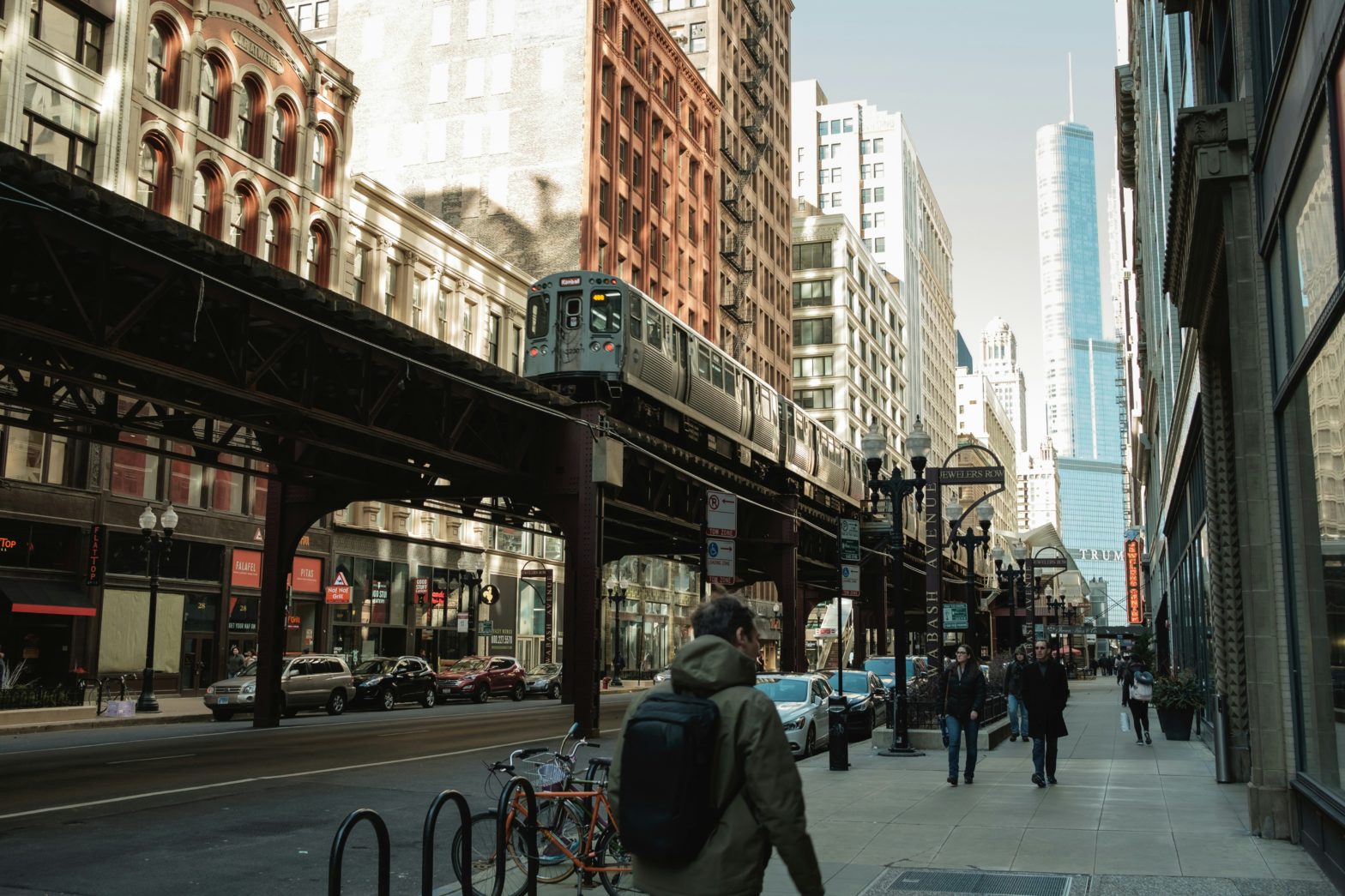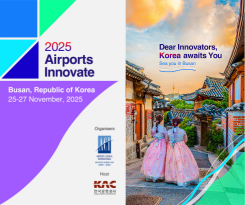
Photo: Alamonte_City-Partnership_blog_960x480_r1
Five US cities team up to subsidise Uber fares
26 May 2016
by Steve Hoare
Uber fares are to be subsidised by up to 25 percent by four Florida cities together with Altamonte Springs which launched the pilot project in March.
Since the launch, Uber utilisation in Altamonte Springs has increased tenfold. In an attempt to boost public transit use, in particular the SunRail system, the city pays 20 percent of any ride beginning or ending in Altamonte Springs, increasing to 25 percent for rides to or from the rail station. Longwood and Lake Mary have signed-up to the pilot while Sanford and Maitland voted Tuesday [24 May] to also join. The cities have also formed a working group to share results and mobility strategies for the future.
“We have received calls from 51 different cities across North America, who want to explore this and understand our thinking,” said Frank Martz, City Manager, Altamonte Springs.
Martz explains that if one Uber car takes one rider then it is equal to a private car journey but as soon as the Uber car takes a second rider, it has eliminated a private car trip, thereby helping to reduce congestion and also offer more flexible transport options.
“Our initial indications are that Uber utilisation has increased tenfold,” said Martz. “What we are seeing anecdotally is an increase in the enjoyment of people who live here that they have more options. They are in control. That will encourage long-term increases in transit utilisation if we can make them happy and comfortable and convenient in doing this.”
“We all know that if multimodal options are not convenient, people will not use them. This is the ultimate in convenience. Because the user is literally in control of their own trip.”
Martz explained that one bus costs in the region of US$400,000. Then you need the bus driver and the fuel. Before you can pick up one person, it has already cost the public almost US$500,000.
“With Uber, whatever it costs is whatever it costs. We could run this thing for years for less than the cost of buying the first bus.”
In the late 1990s Altamonte Springs started a project called Flexbus, which was supposed to be an on demand public transit system. It was written to work on desktop computers and in kiosks. The city wrote an algorithm in 1999 and demonstrated the concept and the technology by 2004 but local bus company Lynx could not operate it.
“Uber is doing what we intended to do in 1999,” stated Martz. “Smartphones were the natural evolution of what we planned.”
“We wanted to demonstrate how behaviour can change by embracing network technology companies instead of fighting them. In the course of doing that, we hope to ease congestion, perhaps affect parking and also increase ridership on our regional rail system. We hope to encourage people to try using Uber to connect to other public transit options and get them out of their cars.”






